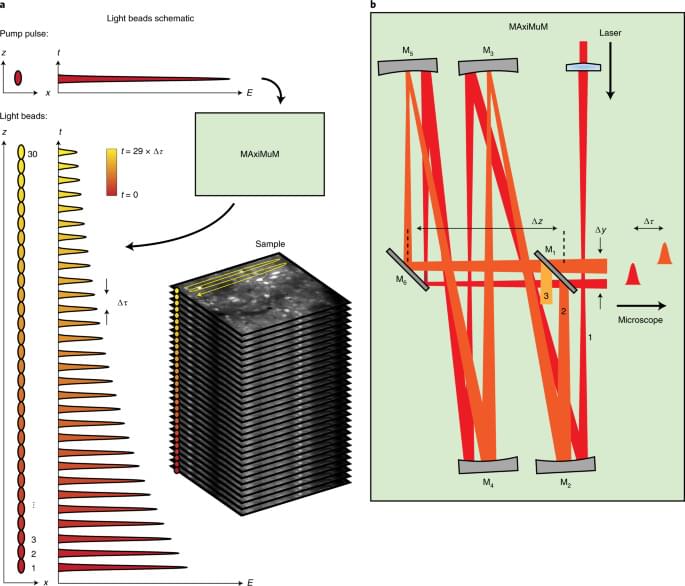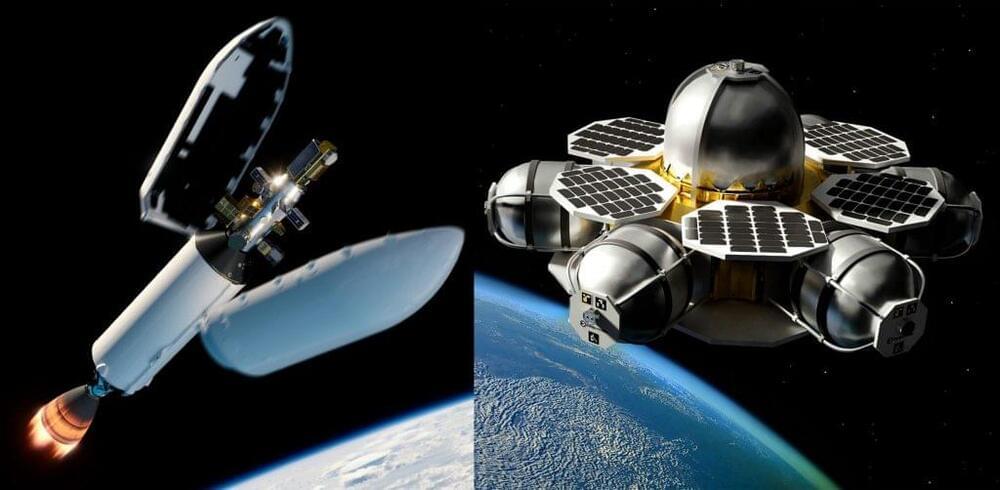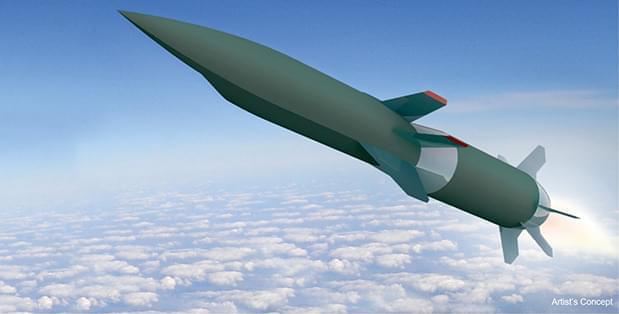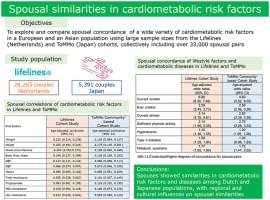
Our minds rarely stay still when left alone. Such trains of thought, however, may unfold in vastly different ways. Here, we combined electrophysiological recording with thought sampling to assess four types of thoughts: task-unrelated, freely moving, deliberately constrained, and automatically constrained. Parietal P3 was larger for task-related relative to task-unrelated thoughts, whereas frontal P3 was increased for deliberately constrained compared with unconstrained thoughts. Enhanced frontal alpha power was observed during freely moving thoughts compared with non-freely moving thoughts. Alpha-power variability was increased for task-unrelated, freely moving, and unconstrained thoughts. Our findings indicate these thought types have distinct electrophysiological signatures, suggesting that they capture the heterogeneity of our ongoing thoughts.
Humans spend much of their lives engaging with their internal train of thoughts. Traditionally, research focused on whether or not these thoughts are related to ongoing tasks, and has identified reliable and distinct behavioral and neural correlates of task-unrelated and task-related thought. A recent theoretical framework highlighted a different aspect of thinking—how it dynamically moves between topics. However, the neural correlates of such thought dynamics are unknown. The current study aimed to determine the electrophysiological signatures of these dynamics by recording electroencephalogram (EEG) while participants performed an attention task and periodically answered thought-sampling questions about whether their thoughts were 1) task-unrelated, 2) freely moving, 3) deliberately constrained, and 4) automatically constrained.

















